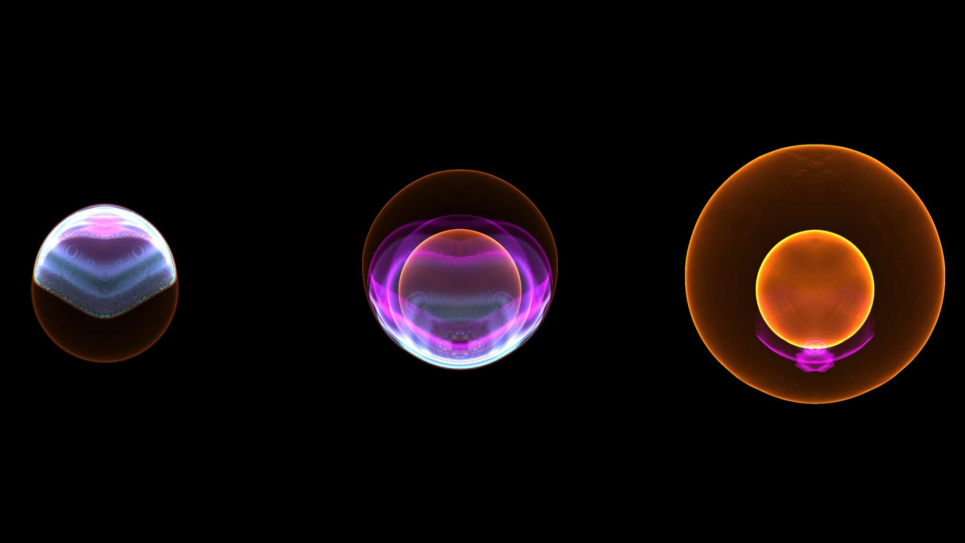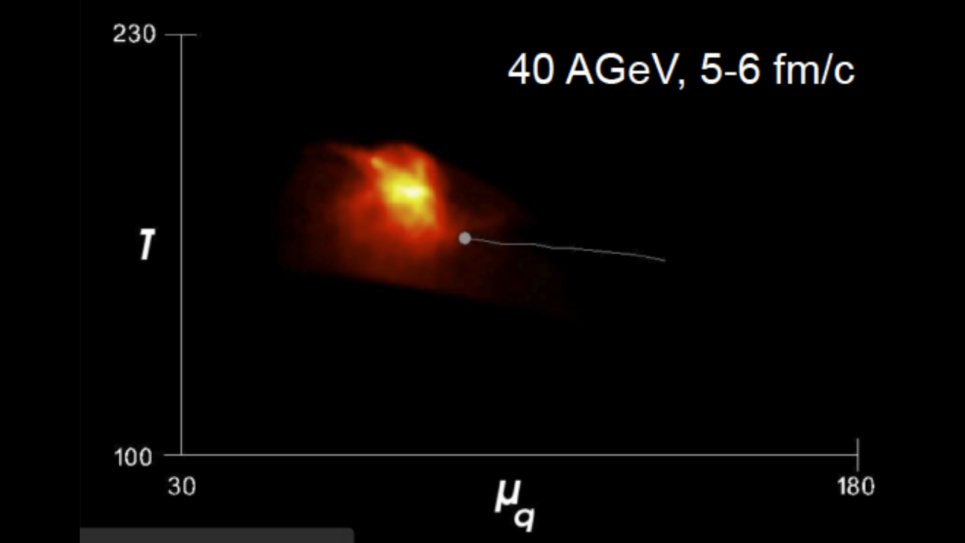Laser-initiated, or inertial fusion energy (IFE), holds incredible promise as a source of clean and sustainable energy. However, significant obstacles to delivering IFE remain, including excessive laser-plasma instabilities (LPIs), which can absorb, deflect, or reflect laser light, causing potential disruptions and excess heat loads.
Because laser beams in IFE devices develop multiple-speckle patterns (which result when a beam is scattered by a medium), researchers must understand how multiple speckles interact with each other. The goal of this project is to perform large-scale simulations of laser-plasma interactions in 2D and 3D, using the highly mature particle-in-cell code OSIRIS, to simulate increasingly realistic beam effects, such as spatial incoherence (i.e., laser speckles) and temporal incoherence (laser smoothing techniques).
At the outset of this allocation, the team performed the first ever study on the relationship between LPI activities and the orientation of external magnetic fields, showing that a perpendicular external magnetic field is more effective for reducing laser plasma instabilities in inertial fusion plasmas than parallel external magnetic fields. They also performed large 2D simulations to investigate the effects of temporal incoherence on laser-plasma interactions, and to study laser-plasma interactions under shock ignition-relevant conditions.
Now, researchers will investigate interactions between multiple speckles in 3D for varying instabilities, by first studying laser-plasma interactions of a single-laser speckle in 3D, providing both comparison to previous 2D simulations, as well as experience. The computationally-intensive, multiple-speckle 3D simulations will study smaller speckles to understand the essential physics involved in these systems, and larger speckles to study the problem under National Ignition Facility-relevant conditions. They will provide, for the first time, insights into the 3D nature of these processes and lead to the eventual understanding and control of LPIs in IFE plasmas.

